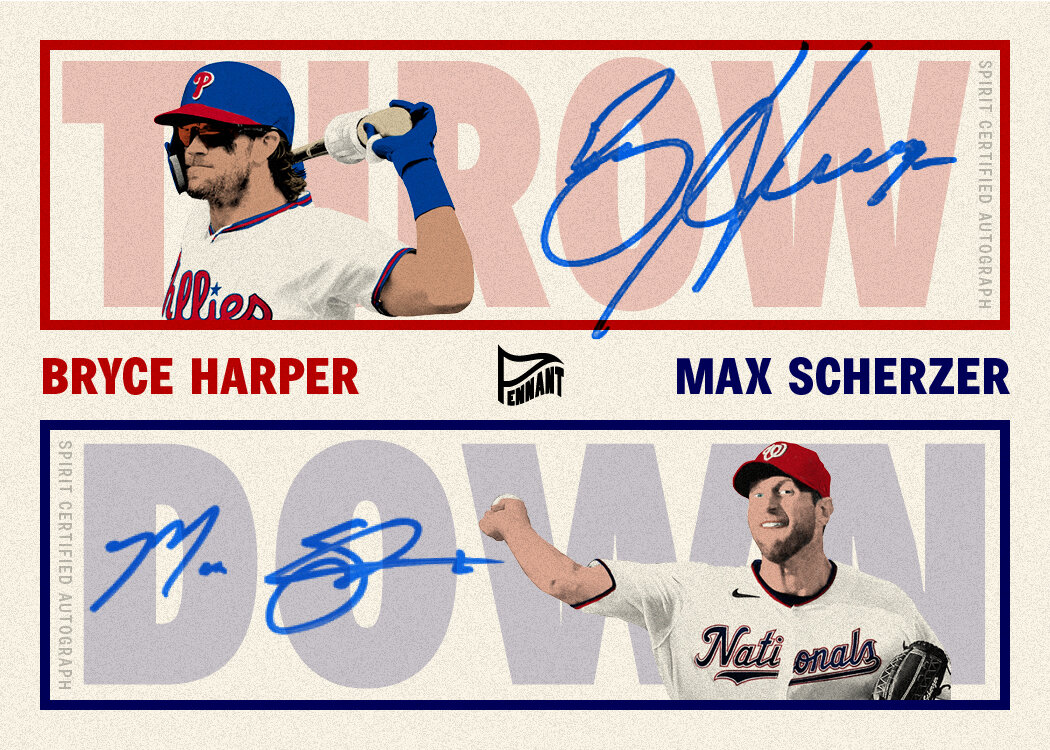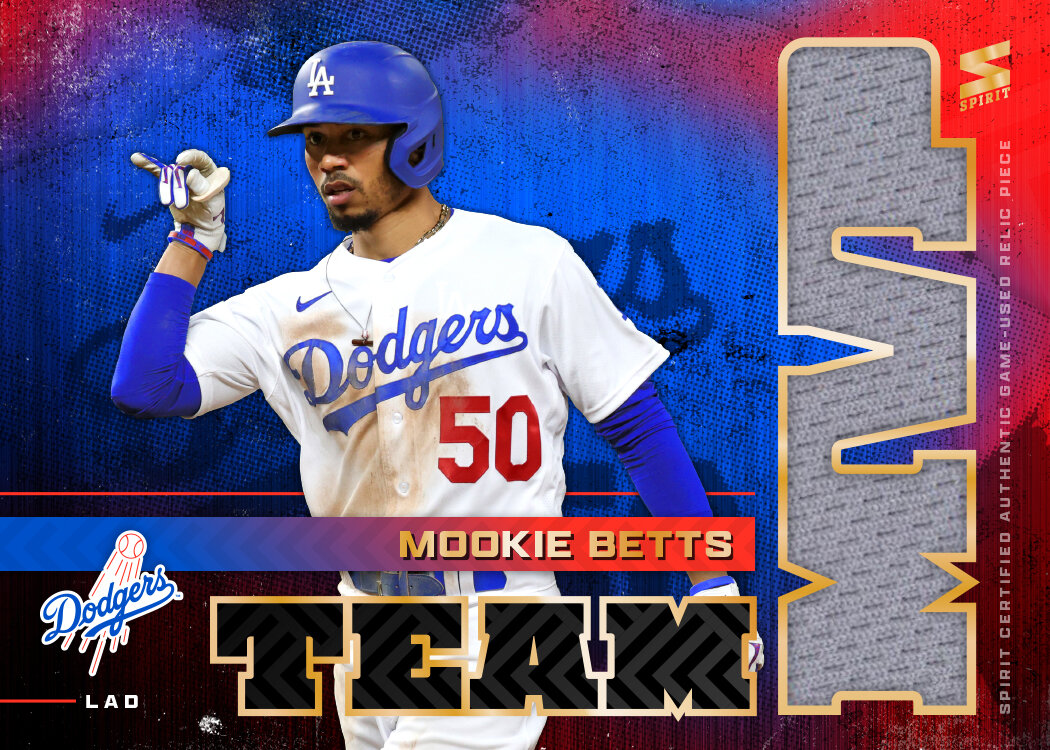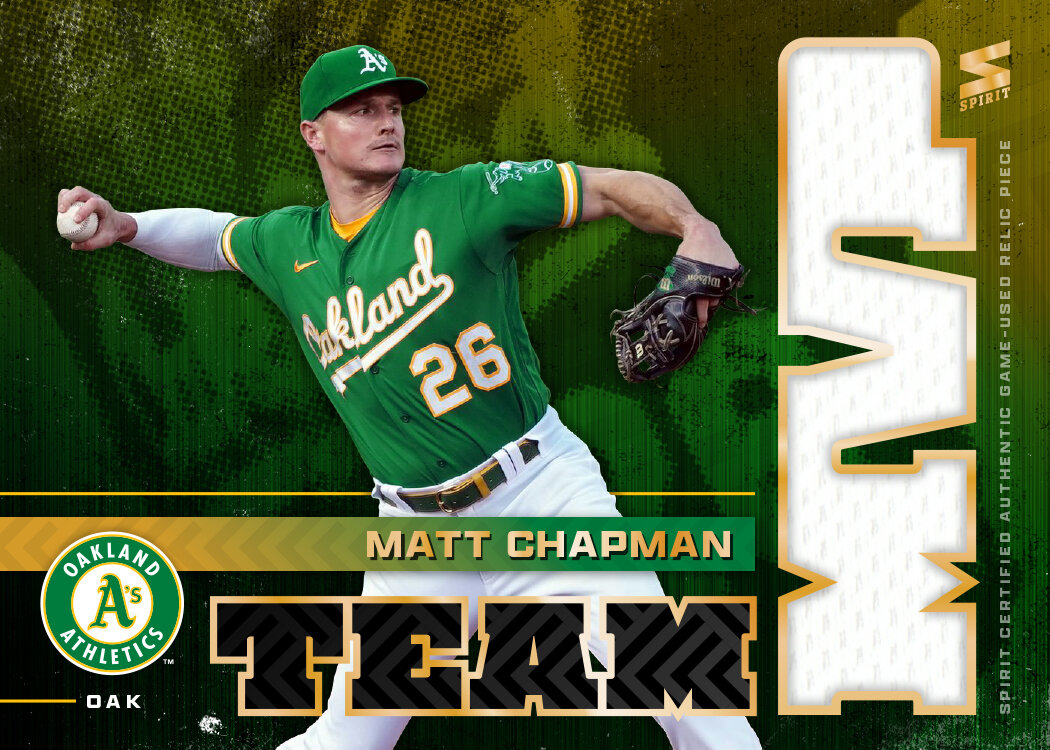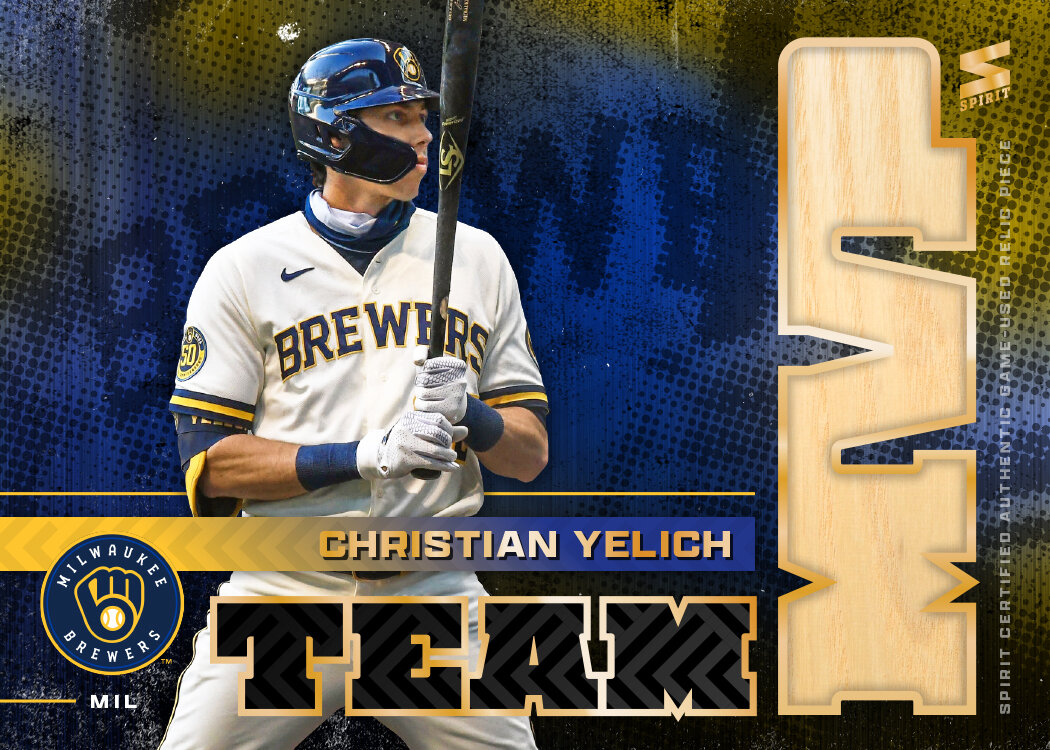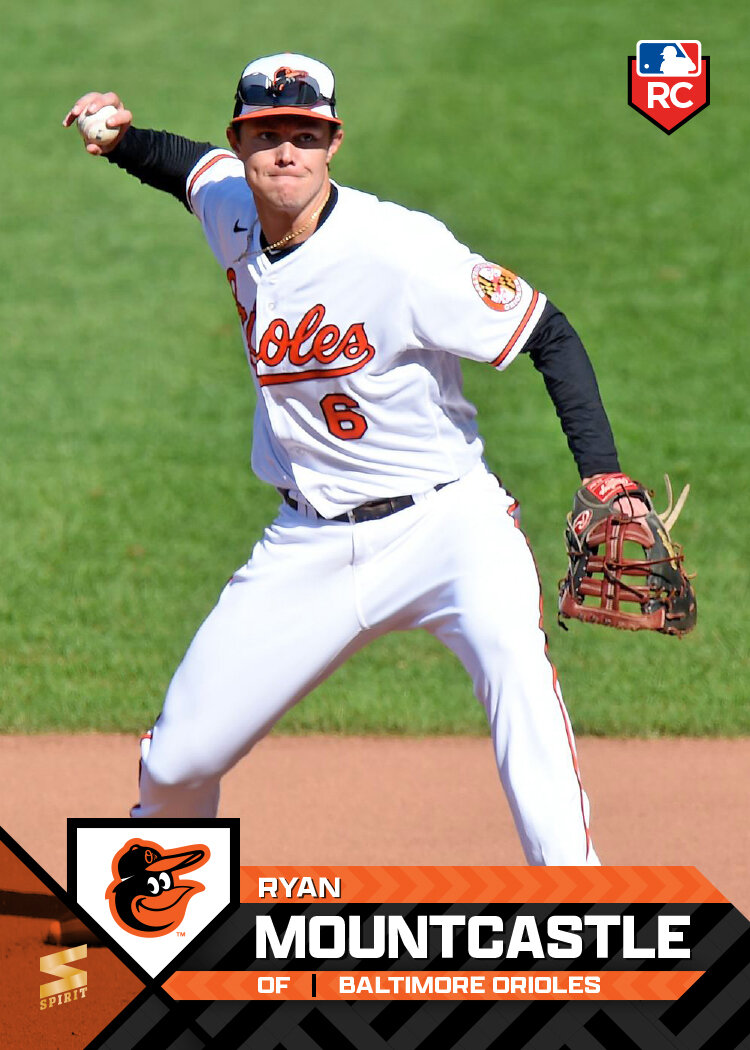It’s been a bit since I posted the 2021 Pennant base design so I figured it was time to do a Pennant insert. Traditionally, I’ve tackled the Throwbacks insert first since it’s pretty fun and easy but I ran into a slight problem. Due to the COVID-shortened season, there weren’t any “throwback” games in 2020. And while I very well could’ve used some of the early 2021 throwback games, that seemed like a cheat to me. So instead of throwing back, we’re gonna throw down.
I believe this is the 3rd edition of the Throwdown insert, which always features a pair of players who are either on rival teams or have a noteworthy connection between them. The Dodgers and Astros aren’t technically rivals but after the whole 2017 World Series thing, I suppose they hate each other like a rivalry. The Harper/Scherzer card can qualify for both since they used to be teammates and they’re division rivals, too. (Yes, I know Max is with the Dodgers as of this post but if these were real cards on a real release schedule, they’d have been made long before the 2021 trade deadline.)
This is the first time I’ve done a vertical design for these. They’ve been horizontal to allow themselves for an easier autograph parallel but I had a different idea this year. In staying in line with the 2021 Pennant base design, I used the same photo treatment on the players as well as the same fonts and general look. Doubling up on players per card makes the photo tweaking effort twice as tedious. So instead of doing four duos, I decided to keep these same pairs and make the autograph versions a little different.
The color boxes get the axe so the autographs can be nice and legible (as far as these particular ones can go). The THROWDOWN title gets split and screened back to add a bit of visual texture and fill in for the solid colors’ absence. Theres some color coordination to help keep the sigs and players sorted together. All in all, I’m pretty happy with both iterations. The autograph versions are a bit similar to the 2017 version but hopefully there’s enough difference to keep them distinguishable in the long run.



